Exploring the design inspirations behind liquor bottles from classic to contemporary
The role of liquor bottle design in branding and consumer appeal
Liquor bottle design is instrumental in crafting brand identity and enhancing consumer appeal. A well-thought-out bottle design can convey a brand’s personality, heritage, and values, creating a strong visual narrative that resonates with consumers. Unique bottle shapes, sophisticated color schemes, and distinctive labels serve as silent salesmen on the shelf, capturing attention and differentiating the product from competitors. The design influences consumer expectations by setting a tone for the product’s quality and taste. For example, a sleek, minimalist bottle might suggest a refined, high-end spirit, while a rustic, artisanal design could imply a handcrafted, small-batch offering. Research indicates that packaging elements like color, shape, and label complexity can significantly affect consumer preferences and perceived quality, with some combinations being more appealing than others.
classic liquor bottle design:
Traditional shapes and their origins
The classic liquor bottle design, characterized by its traditional shape, has a rich heritage rooted in centuries-old craftsmanship. Its origin can be traced back to the early days of distillation when artisans sought practical and aesthetically pleasing vessels to store and transport spirits. The traditional liquor bottle typically features a sleek body with a slightly tapered neck and a well-defined base. This design not only serves functional purposes, such as ease of pouring and storage, but also embodies a timeless elegance that has stood the test of time. The origins of this design are deeply intertwined with the evolution of distillation practices and the cultural significance of spirits. As distilleries emerged across different regions, craftsmen began to experiment with various materials and shapes to enhance the presentation of their concoctions.Over the years, the classic liquor bottle design has become an iconic symbol of the spirits industry, representing a harmonious blend of form and function. Its enduring appeal speaks to the enduring legacy of traditional craftsmanship in the world of distilled beverages.
-
Classic whiskey straight side bottle
- The classic straight-edged whisky bottle is an embodiment of timeless sophistication. Characterized by clean lines and a geometrically precise silhouette, this design exudes a sense of refinement and elegance. The straight sides of the bottle not only contribute to a sleek and modern aesthetic but also facilitate convenient storage. Typically made from high-quality glass, these bottles showcase the rich amber hues of the whisky within. The design’s simplicity serves to highlight the premium nature of the spirit it contains. Whether gracing the shelves of a bar or adorning a collector’s cabinet, the classic straight-edged whisky bottle is a symbol of enduring tradition and exceptional craftsmanship in the world of fine spirits.
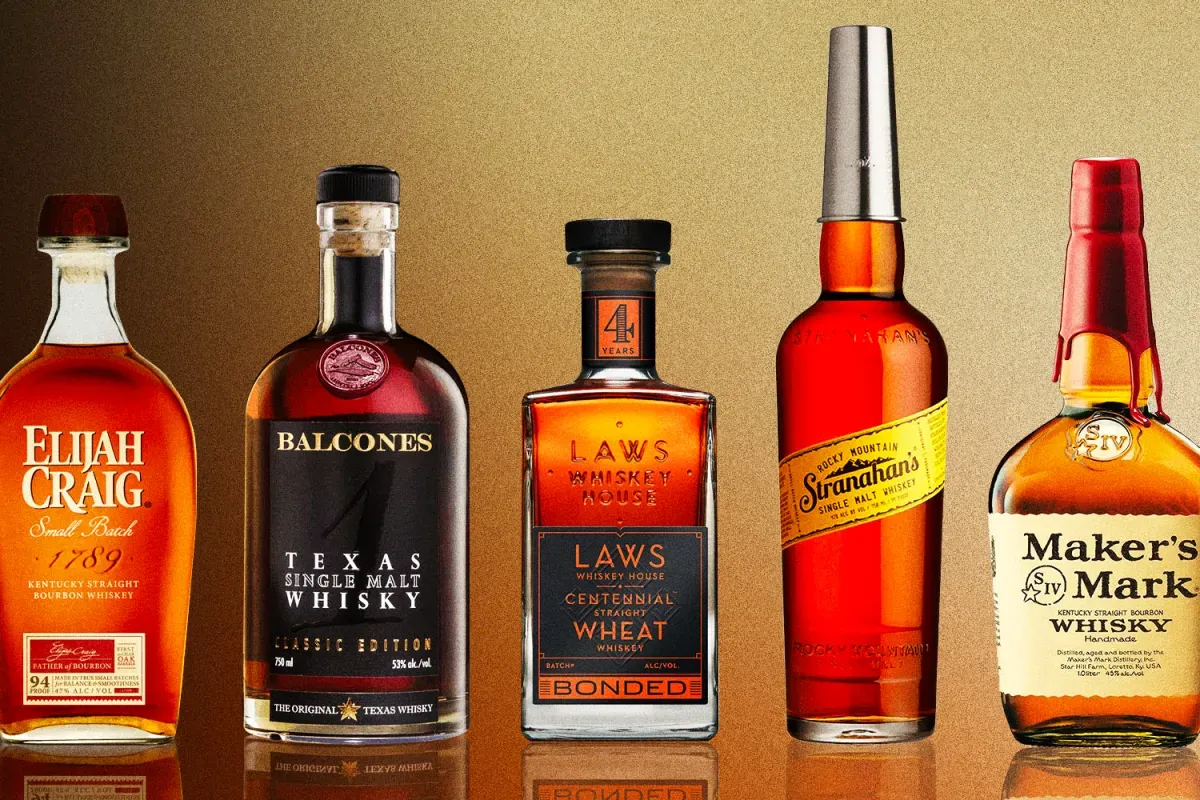
Flask shape for spirits such as gin and vodka
Gin, vodka, and other strong spirits often come in distinctive bottle shapes that enhance their visual appeal and brand recognition. Gin bottles, especially those for juniper-flavored delights like gin, often feature a tall and slender silhouette. The elongated neck and sleek body allow for easy pouring and highlight the clarity of the liquid. Vodka bottles, on the other hand, commonly exhibit a clean and minimalist design, with straight lines and a smooth surface to emphasize the purity of the spirit. The simplicity of both bottle styles reflects the clarity and versatility of the respective liquors. These carefully crafted and stylish bottles not only protect the integrity of the alcohol but also contribute to the overall experience of enjoying these potent libations.
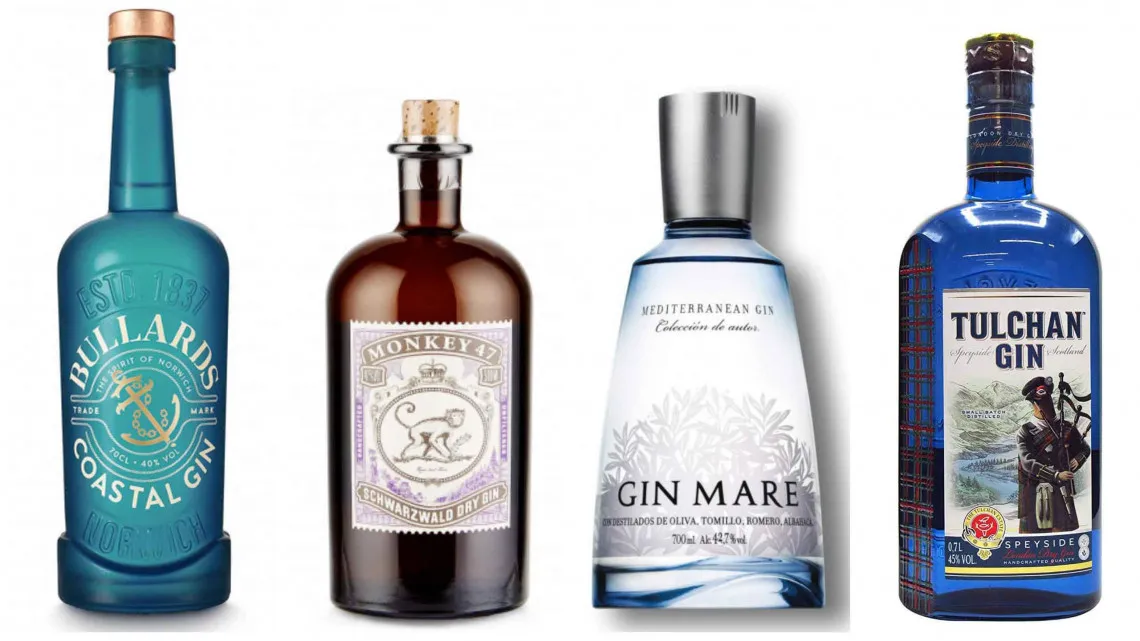
-
Spherical decanter for brandy and cognac
- Brandy connoisseurs often use spherical or orb-shaped glass decanters, known as brandy globes, to enhance the aging process and elevate the tasting experience of both Cognac and Armagnac. These unique decanters allow the brandy to gently aerate, promoting a harmonious blending of flavors and softening of tannins. The round shape facilitates a more substantial surface area for the spirit to interact with the air, accelerating the oxidation and mellowing of the brandy. The elegant design not only adds a touch of sophistication to the presentation but also serves a functional purpose in coaxing out the nuanced aromas and complexities inherent in high-quality brandies. This distinctive vessel has become a symbol of refined appreciation for the artistry of brandy making, offering enthusiasts a delightful and sensorially enriched tasting ritual.
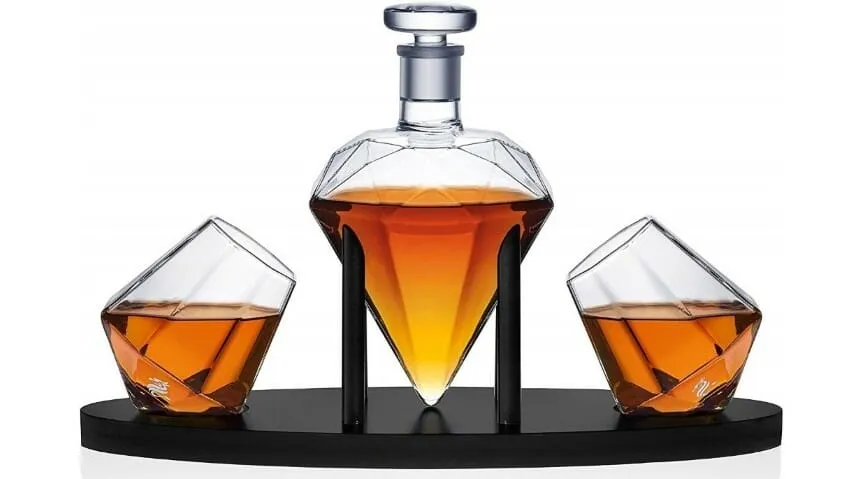
How to close a classic liquor bottle
-
Liquor bottle cork and wax seal
- Liquor bottles often feature closures like cork stoppers and wax seals, adding both functional and aesthetic elements to the packaging. Cork stoppers, derived from natural cork bark, create an airtight seal, preserving the spirit’s quality and preventing oxidation. This traditional material also imparts a classic, premium feel to the bottle. Additionally, wax sealing is a technique where a layer of wax is applied over the cork to enhance the bottle’s visual appeal and ensure a secure closure. The wax not only acts as a barrier against potential contaminants but also adds a touch of craftsmanship, often stamped with the brand’s logo or emblem. Together, cork stoppers and wax seals contribute to the overall presentation and preservation of fine spirits, enhancing the drinking experience for enthusiasts and collectors alike.
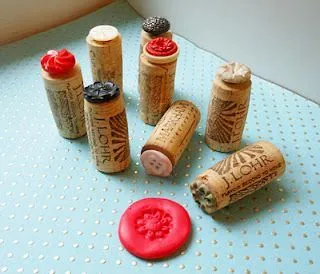
-
The Transition from Liquor Caps to Screw Caps and Other Modern Caps
- The transition from traditional cork closures to modern screw caps in the realm of liquor bottles represents a shift towards convenience and preservation. While cork closures exude a classic charm, the industry has increasingly embraced screw caps for their practical advantages. Screw caps offer a reliable seal, preventing oxidation and maintaining the spirit’s freshness. This closure method is user-friendly, ensuring easy opening and resealing. Moreover, screw caps reduce the risk of cork taint, contributing to a more consistent taste. Embracing these modern closures aligns with contemporary production practices, emphasizing efficiency and quality control. The gradual adoption of screw caps reflects an industry-wide acknowledgment of the benefits they bring to the preservation and accessibility of various spirits, marking a harmonious blend of tradition and innovation in liquor packaging.
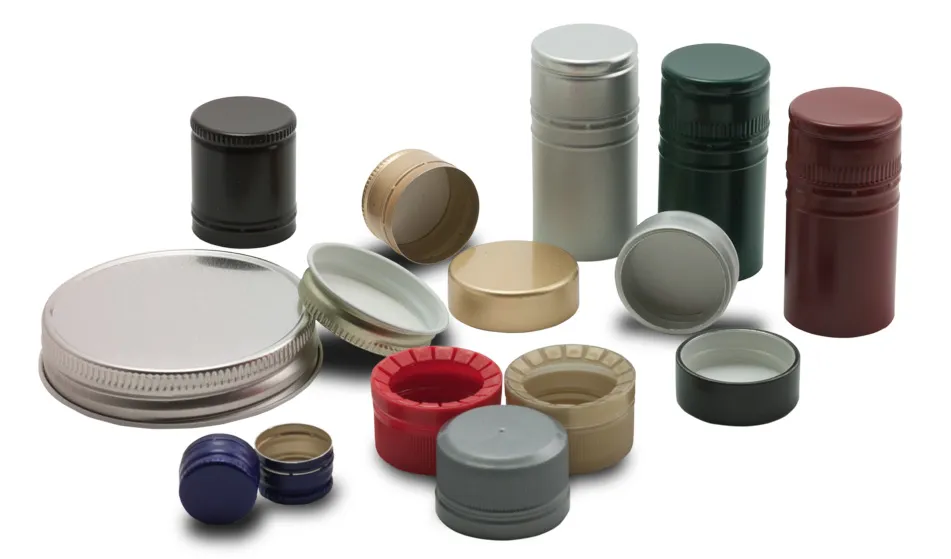
Label and packaging design
-
Hand drawn labels and embossing
- Hand-drawn labels and embossing add a unique and artisanal touch to product presentation. Hand-drawn labels convey a sense of authenticity and craftsmanship, showcasing intricate details that capture the essence of the brand. The human touch in these designs adds warmth and character, distinguishing each bottle as a work of art. Embossing, on the other hand, involves creating raised or textured elements on the label, enhancing both visual and tactile experiences. This technique adds a tactile dimension to the label, allowing consumers to feel the fine details. The combination of hand-drawn illustrations and embossing creates a one-of-a-kind label that not only tells a story but engages the senses, elevating the overall aesthetic and perceived value of the product. Hand-drawn labels with embossed elements stand out, making a lasting impression and reflecting the dedication to craftsmanship in every bottle.
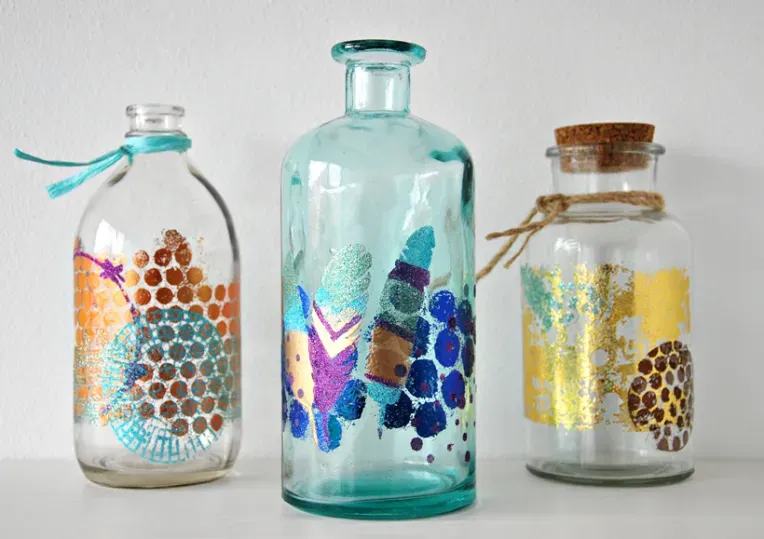
Use of paper labels and aluminum foil seals
- Paper labels and aluminum foil seals are commonly utilized in packaging to enhance both aesthetic appeal and functional aspects. Paper labels provide a versatile canvas for brand information, graphics, and product details. Their use conveys a classic and eco-friendly touch, often featuring various finishes for texture and visual appeal. Aluminum foil seals, on the other hand, serve a crucial role in preserving the contents of the bottle. The sealed barrier protects against air, light, and moisture, ensuring the product’s freshness and quality. The reflective surface of the foil can also add a premium look to the packaging. Together, paper labels and aluminum foil seals create a harmonious blend of form and function, contributing to an overall sophisticated and secure presentation of the product.
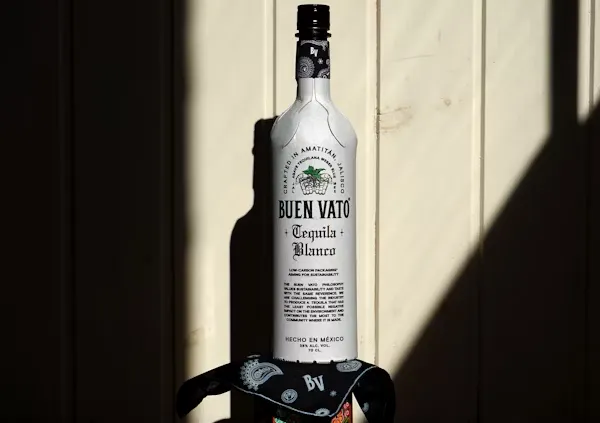
Liquor bottle material selection
-
Glass reigns supreme in clarity and elegance
- Glass, with its inherent clarity and elegance, stands as the predominant material in conveying a sense of sophistication and refinement. The transparency of glass allows for a crystal-clear view of the contents, showcasing the rich colors and textures within. This exceptional clarity not only enhances the visual appeal of the product but also provides a glimpse into the quality and craftsmanship of the liquid it holds. Beyond transparency, the smooth and sleek surface of glass exudes an undeniable elegance. Its tactile qualities and the way it captures and refracts light contribute to a luxurious aesthetic, making it the material of choice for premium spirits and beverages. Whether it’s a meticulously crafted liquor bottle or an exquisite glassware piece, the dominance of glass in clarity and elegance is a testament to its timeless allure in the world of refined presentation and appreciation.

Luxury brands occasionally use crystal glass
- Luxury brands occasionally opt for crystal glass to elevate their products to unparalleled levels of opulence. Crystal glass, distinguished by its high lead content, imparts unparalleled brilliance and clarity, refracting light in a mesmerizing display. This material’s exceptional optical properties create a stunning visual effect, enhancing the overall presentation of luxury items such as glassware, decanters, or perfume bottles. The tactile sensation of crystal further adds to the sense of indulgence and refinement. Embracing crystal glass signifies a commitment to uncompromising quality, making it a choice that transcends functionality to become a symbol of prestige and sophistication in the realm of luxury design.
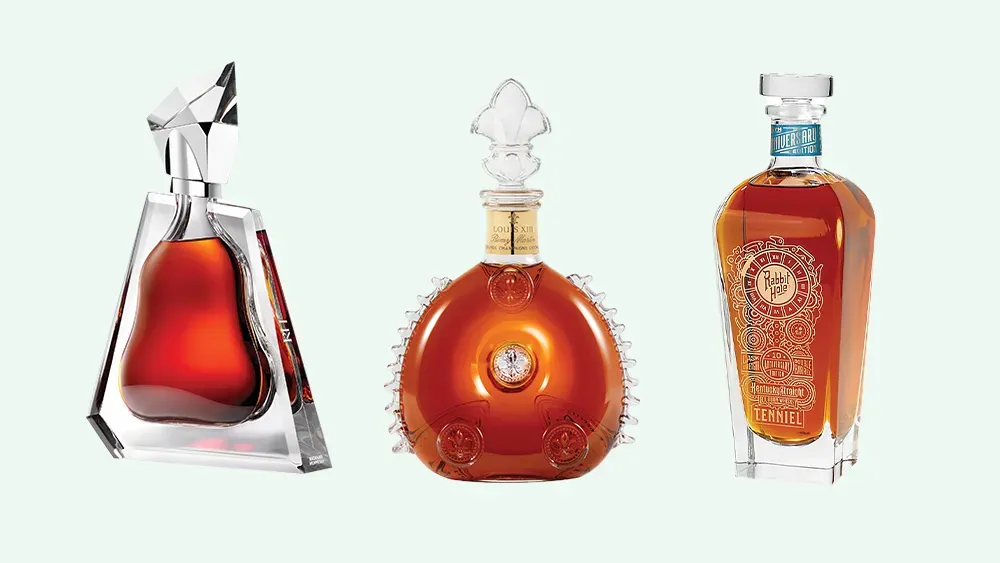
contemporary wine bottle design
- Contemporary liquor bottle design has undergone a transformative journey, characterized by a shift towards simplicity in shape, a focus on clean textures, and a commitment to sustainability through the use of recycled glass and eco-friendly materials.In recent years, there has been a noticeable trend towards simplicity in the shapes of liquor bottles. Clean lines, minimalist silhouettes, and geometric precision are embraced to create a modern and sophisticated aesthetic. The departure from ornate designs allows brands to communicate a sense of purity and transparency, aligning with consumer preferences for straightforward, uncluttered presentations.Texture and cleanliness play a pivotal role in shaping the tactile and visual experience of contemporary liquor bottles. Smooth and sleek surfaces enhance the premium feel, reflecting light in a way that accentuates the clarity of the liquid within. The tactile qualities of these bottles contribute to a heightened sense of luxury, emphasizing both form and function in the design.Sustainability has become a central consideration in contemporary liquor bottle design. Many brands are prioritizing the use of recycled glass, contributing to the reduction of environmental impact. Recycled glass not only minimizes the extraction of raw materials but also requires less energy during production. Additionally, the integration of eco-friendly materials in labels, closures, and packaging reflects a commitment to responsible practices.The use of recycled glass not only aligns with environmental concerns but also adds character to the bottles. The subtle imperfections and unique characteristics of recycled glass contribute to a distinctive and artisanal look, reinforcing the narrative of sustainability and craftsmanship.Furthermore, contemporary designers are exploring alternative materials and innovative production techniques that reduce environmental footprints. Biodegradable, plant-based plastics, and other eco-conscious materials are finding their way into bottle closures and labels, signaling a broader industry shift towards sustainability.In conclusion, the evolution of contemporary liquor bottle design is marked by a commitment to simplicity, clean textures, and sustainability. As brands prioritize transparency, tactile experiences, and environmentally responsible practices, they redefine the standards of elegance and luxury in the spirits industry.
-
Future trends and predictions in wine bottle design
- The future of liquor bottle design is poised to be shaped by several key trends and predictions, revolving around enhancing consumer experiences, unlocking the full potential of tasting rituals, exploring innovative packaging materials and technologies, and embracing sustainable ecological pursuits.Consumer experience is anticipated to take center stage in future liquor bottle designs. Brands are expected to leverage augmented reality and interactive packaging to create immersive experiences for consumers. Smart packaging, incorporating technologies like NFC tags or QR codes, may provide detailed information about the product, its origin, and even suggest food pairings, enriching the overall consumer journey.Unlocking the full potential of the tasting ritual is another significant trend. Bottle designs are expected to integrate features that enhance the sensory experience of enjoying a fine spirit. From unique shapes that optimize aeration to integrated temperature control elements, future bottles are likely to cater to connoisseurs seeking a more personalized and refined tasting experience.Innovations in packaging materials and technologies are set to revolutionize liquor bottle design. From antimicrobial coatings for hygiene to intelligent labels indicating freshness, advancements will contribute to both functionality and aesthetics. Bio-based and recyclable materials will become increasingly prevalent, aligning with the global push for sustainability.Sustainability is undeniably a driving force in the future of liquor bottle design. Brands will continue to prioritize eco-friendly packaging materials, such as recycled glass and plant-based plastics. Minimalist designs, optimized for efficient transportation and reduced carbon footprint, are likely to become more prevalent. Additionally, biodegradable packaging and circular economy principles will guide the industry towards a more environmentally conscious future.Collaborations between brands and artists, architects, or designers may further push the boundaries of conventional bottle shapes and aesthetics. Limited-edition releases featuring bespoke designs could become more commonplace, adding an element of exclusivity and collectibility to the consumer experience.In summary, the future of liquor bottle design is poised to deliver enhanced consumer experiences, capitalize on the full potential of tasting rituals, embrace innovative packaging materials and technologies, and champion sustainability. As the industry evolves, these trends will collectively redefine the aesthetics, functionality, and ecological impact of liquor bottles, reflecting the dynamic intersection of technology, craftsmanship, and environmental responsibility.
-
Final thoughts on the future of wine bottle design and its impact on the industry
- The future of liquor bottle design is a dynamic fusion of innovation and sustainability, reshaping the industry landscape. From smart packaging enhancing consumer engagement to eco-friendly materials reducing environmental impact, design evolution is inevitable. Beyond aesthetics, bottle design becomes a powerful medium to convey brand values and elevate consumer experiences. This shift towards sophistication and eco-consciousness not only meets evolving consumer expectations but also reflects an industry-wide commitment to responsible practices. As liquor bottles become more than just vessels, the influence of their design extends far beyond the visual, impacting how consumers connect with brands and perceive the overall drinking experience. In the intersection of technology, aesthetics, and sustainability, the future of liquor bottle design is poised to leave an enduring imprint on the spirits industry.
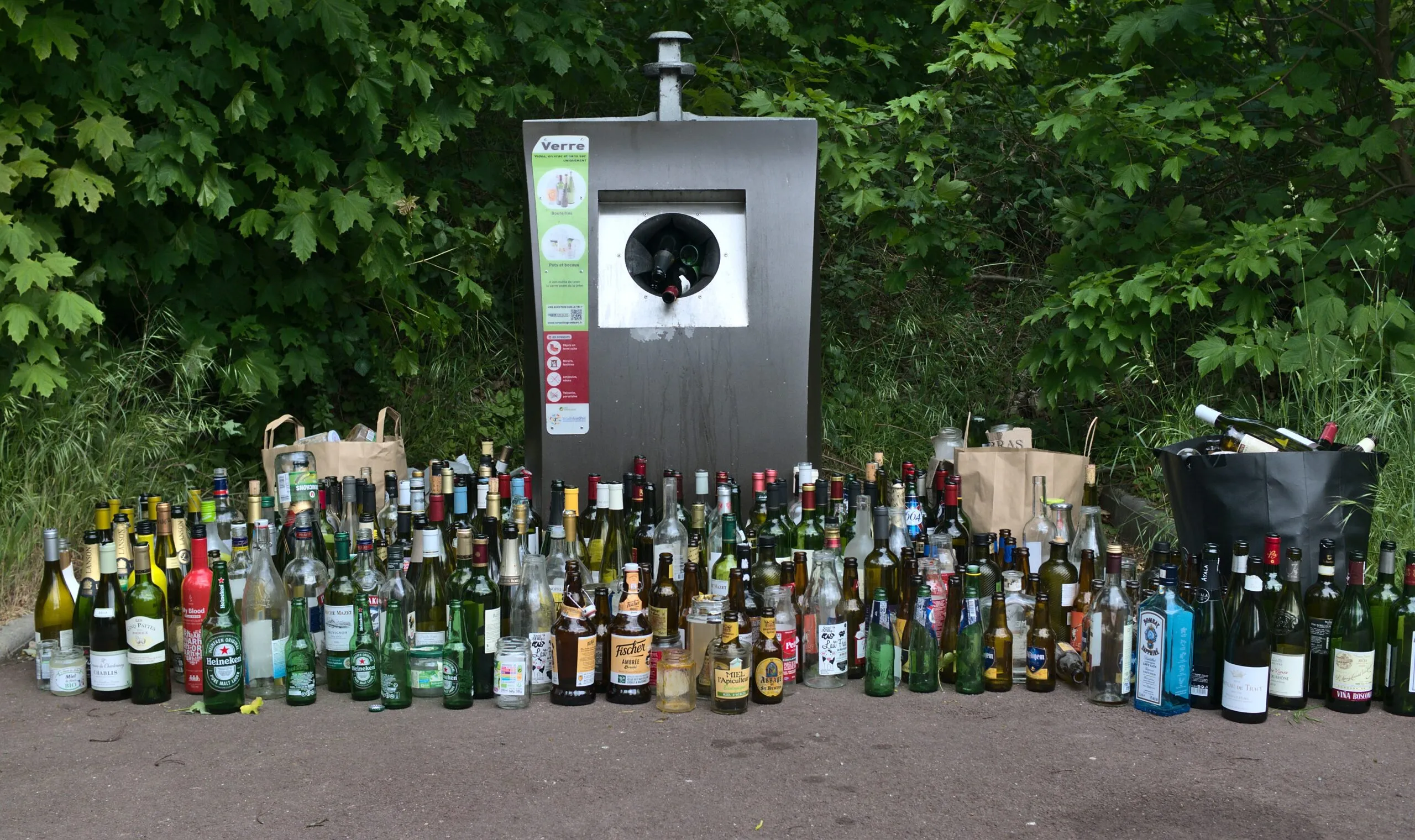



This Post Has 0 Comments